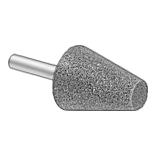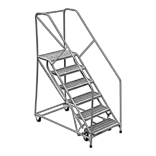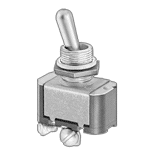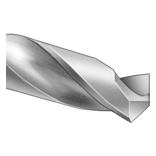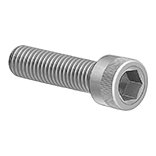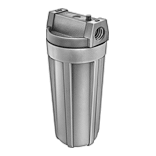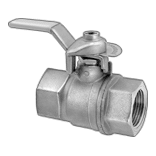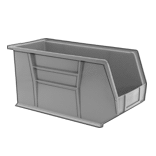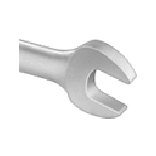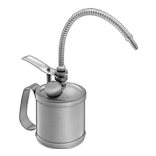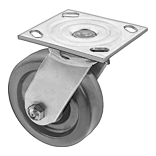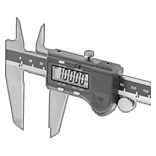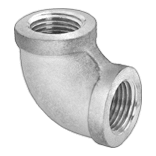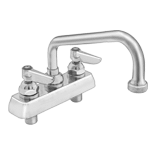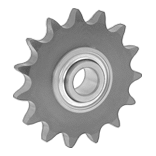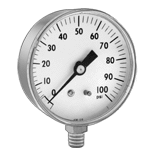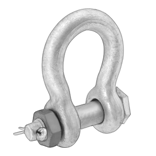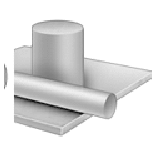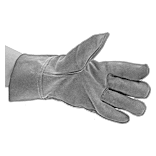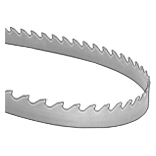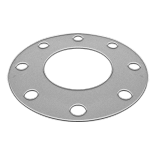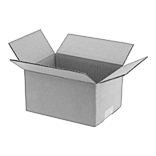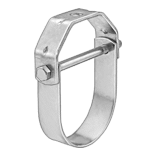About Wire and Cable
More
Continuous-Flex Wire
- Use for automation, continuous motion
- Continuous Flex
- Temperature Range:
All but Wire with Inner Insulation: -40° to 175° F
Wire with Inner Insulation: 45° to 190° F
Often used in automated applications such as robotics, this wire withstands continuous motion without degrading data or signal transmission.
Wire is a UL recognized component.
Wire gauges 36-30 are UL recognized components up to 30V AC.
Motor Winding Wire
- Use for motors
- Bend and Stay
- Maximum Temperature: 390° F
- Insulation: Polyamide
Also known as magnet wire, this wire is commonly used in motors, transformers, relays, and other high-speed winding applications. It meets NEMA 1000 MW-35C for material quality and -73C for use in sealed motors and material quality. It stays in the position you bend it.
Miniature Cable

- Use For: Automation, Interference Shielding, Continuous Motion
- Continuous Flex
- Temperature Range: -40° to 220° F
- Insulation: PVC Plastic
Often used in computers, small electronics, and electronic prototyping, this cable is very flexible with small gauge wire to handle tight curves in narrow spaces. It withstands continuous motion, so it’s also commonly used around heavy vibration and in automated tasks, including robotics. A braid shield blocks interference from nearby equipment.
DisplayPort Cords
Often used to connect multiple monitors to a single computer, these cords send video and audio to a display device. Shielding blocks signal interference from nearby equipment and devices.

| Lg., ft. | Shield Type | Wire Gauge | Cord OD | Color | Each | |
| 6 | Foil | 32 | 0.19" | White | 0000000 | 000000 |
